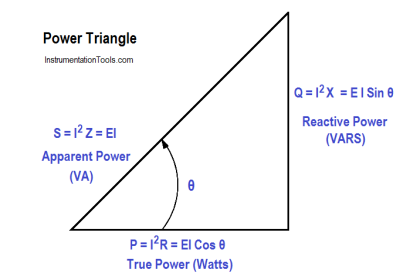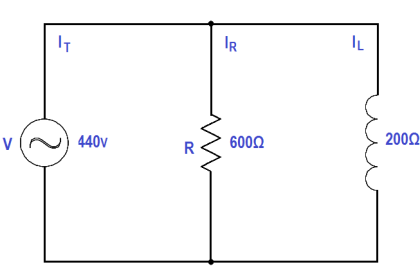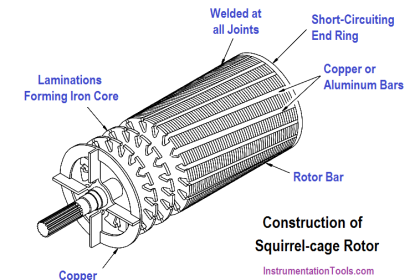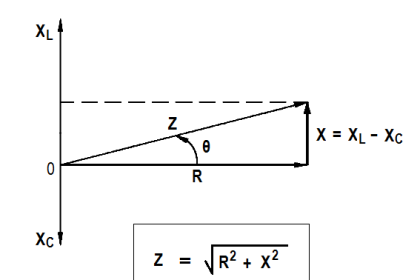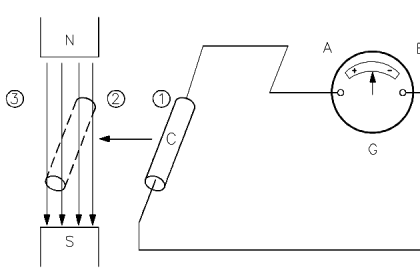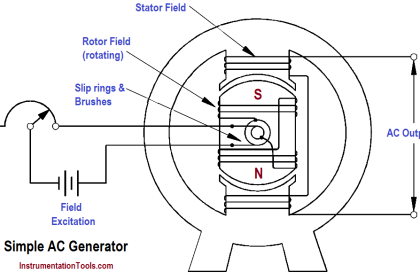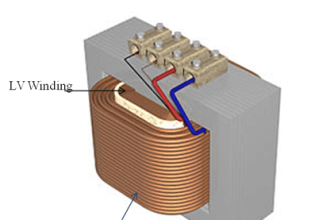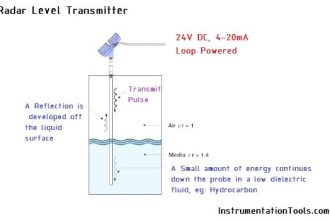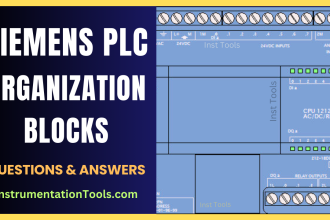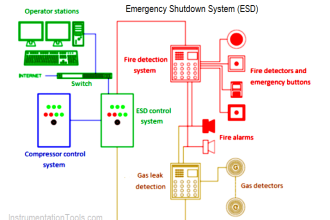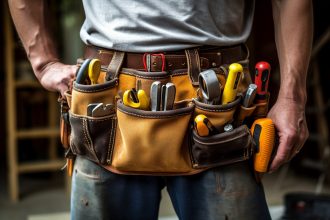As we have discussed, circuit breakers may be remotely operated. In order to operate the breakers from a remote location, there must be an electrical control circuit incorporated.
The below Figure shows a simple control circuit for a remotely-operated breaker.
Control power is supplied by an AC source and then rectified to DC. The major components of a simple control circuit are: the rectifier unit, the closing relay, the closing coil, the tripping coil, the auxiliary contacts, and the circuit breaker control switch.
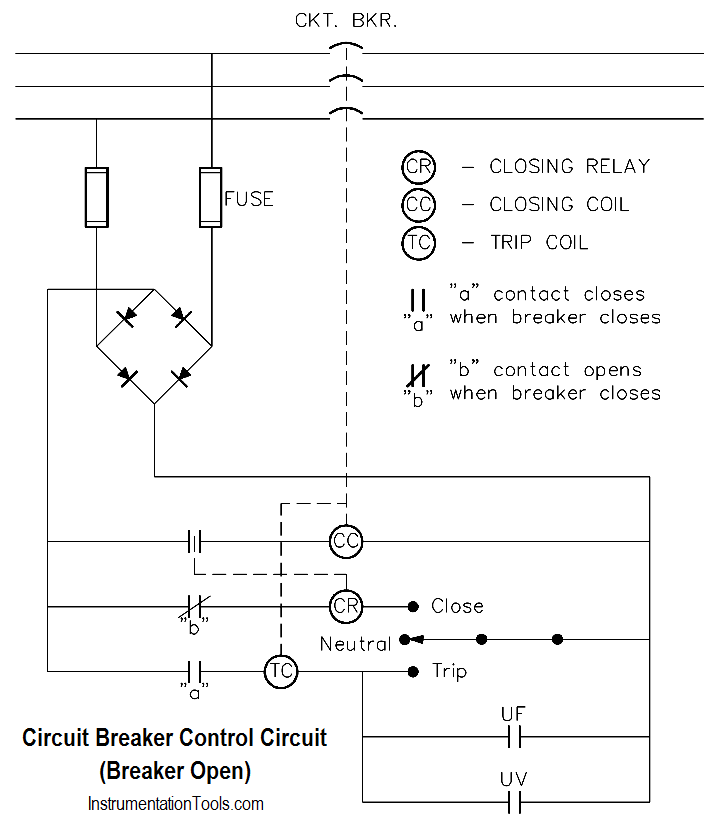
Figure : Simple Circuit Breaker Control Circuit – Breaker Open
To close the remotely-operated circuit breaker, turn the circuit breaker control switch to the close position. This provides a complete path through the closing relay (CR) and energizes the closing relay. The closing relay shuts an auxiliary contact, which energizes the closing coil (CC), which, in turn, shuts the circuit breaker, as shown in below Figure.
The breaker latches in the closed position. Once the breaker is shut, the “b” contact associated with the closing relay opens, de-energizing the closing relay and, thereby, the closing coil. When the breaker closes, the “a” contact also closes, which enables the trip circuit for manual or automatic trips of the breaker. The circuit breaker control switch may now be released and will automatically return to the neutral position.
To open the circuit breaker, turn the circuit breaker control switch to the trip position. This action energizes the trip coil (TC), which acts directly on the circuit breaker to release the latching mechanism that holds the circuit breaker closed.
When the latching mechanism is released, the circuit breaker will open, opening the “a” contact for the tripping coil and de-energizing the tripping coil. Also, when the circuit breaker opens, the “b” contact will close, thereby setting up the circuit breaker to be remotely closed using the closing relay, when desired. The circuit breaker control switch may now be released.
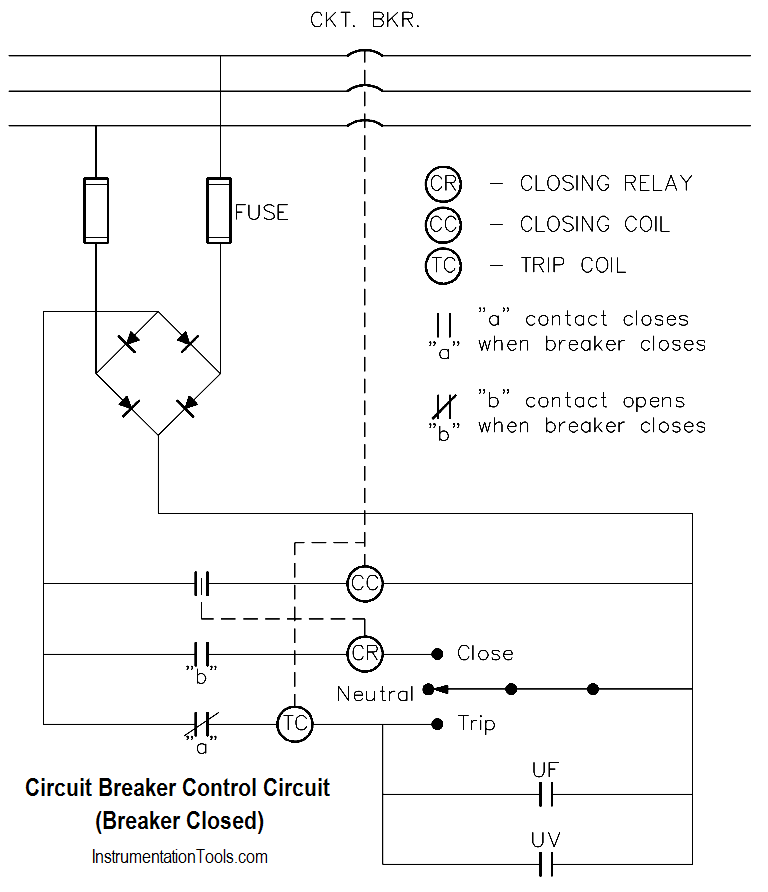
Figure : Simple Circuit Breaker Control Circuit – Breaker Closed
As you can see from above two Figures, the circuit breaker control circuit can be designed so that any one of a number of protective features may be incorporated. The three most commonly-used automatic trip features for a circuit breaker are overcurrent, underfrequency, and undervoltage. If any one of the conditions exists while the circuit breaker is closed, it will close its associated contact and energize the tripping coil, which, in turn, will trip the circuit breaker.

